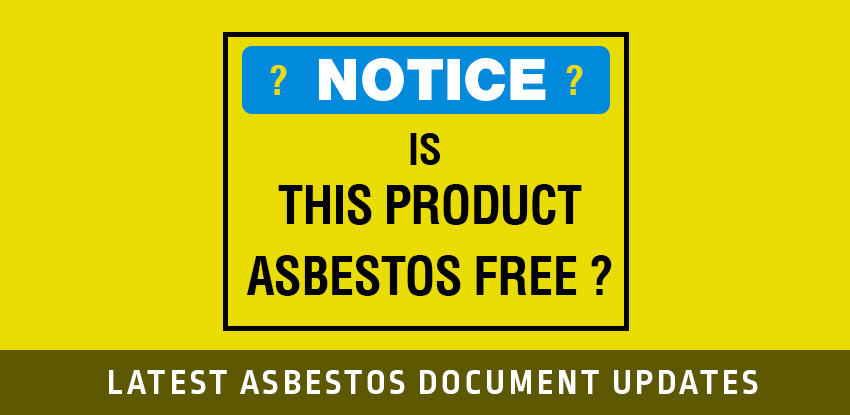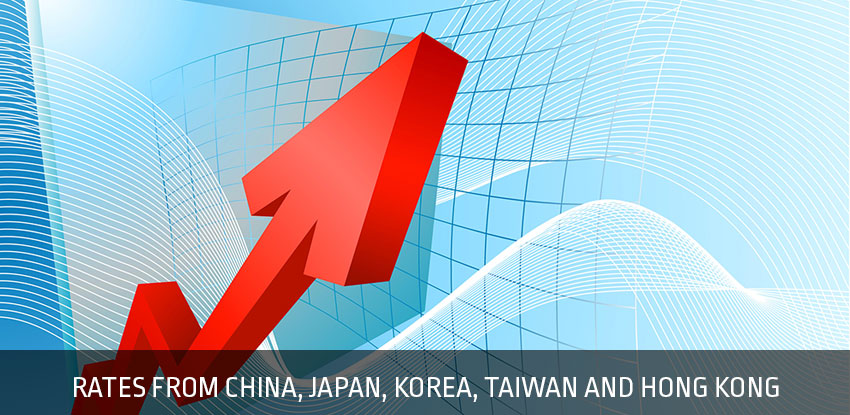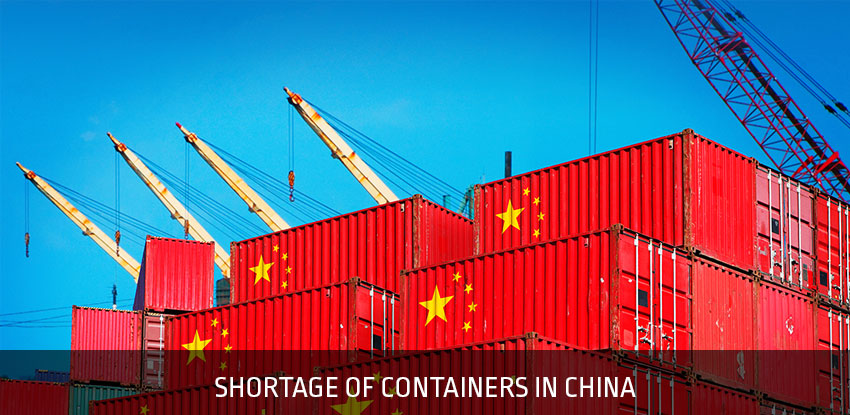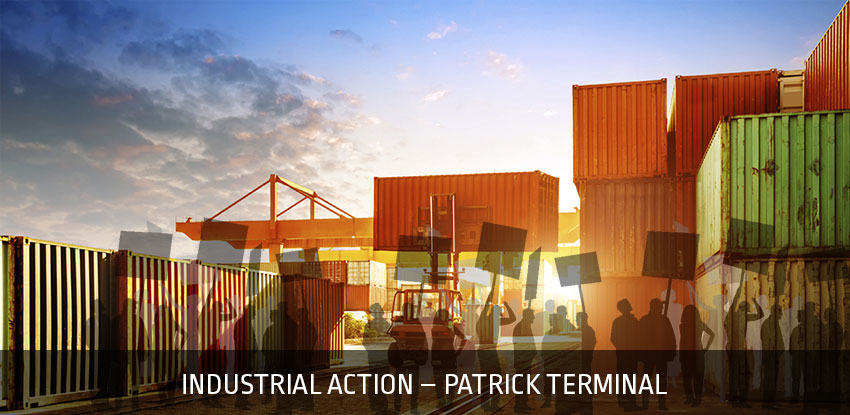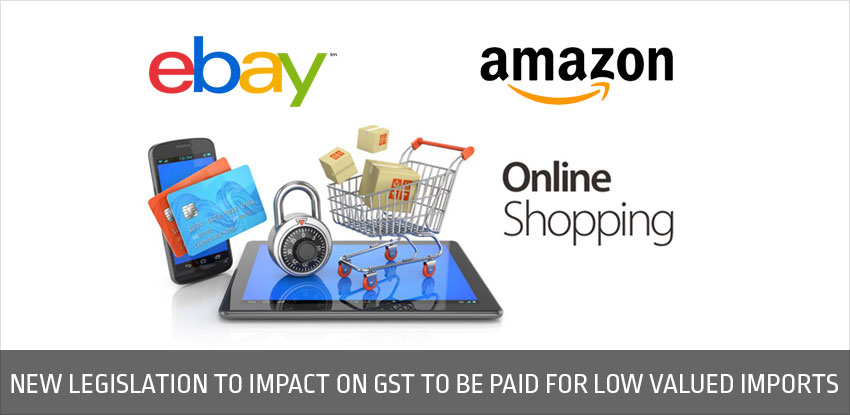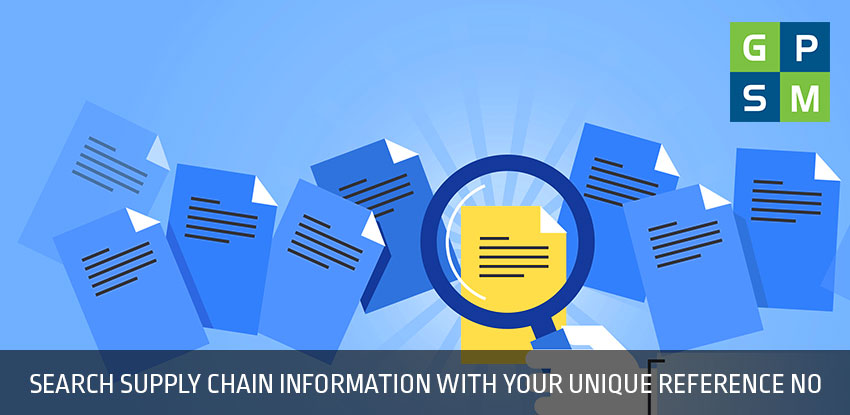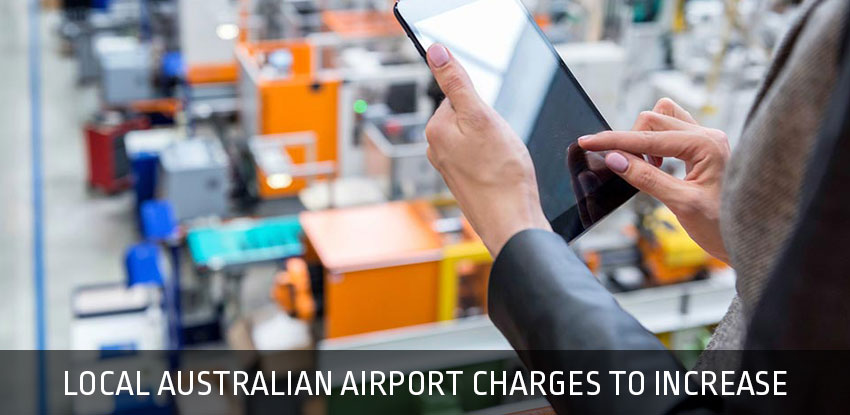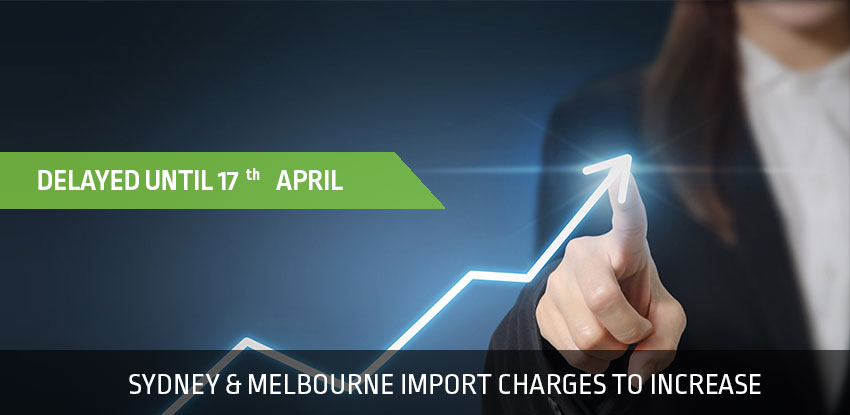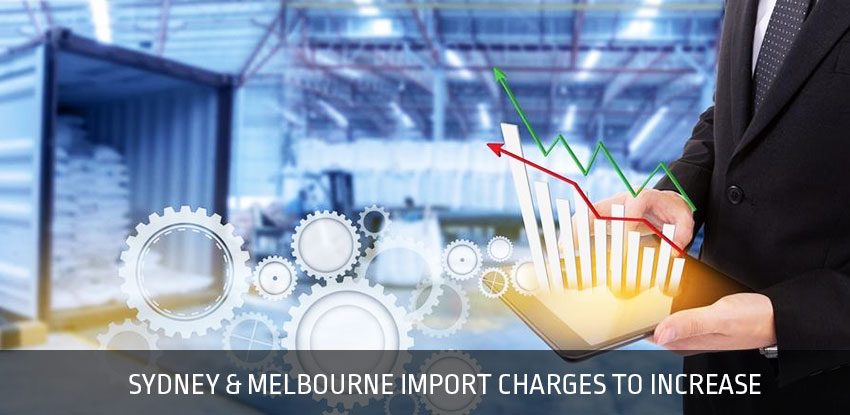Increased Port Charges Sydney and Melbourne:
DP World (DPW) a major port operator in Sydney and Melbourne have announced they are implementing a “Port Infrastructure Charge†effective from 3rd April 2017 covering all import and export containers moving through both ports.
Melbourne port already has an infrastructure charge as part of the port charges paid to the shipping lines however the DPW charge is an additional cost that is being blamed on critical infrastructure investment, terminal upkeep and general operating expenses that have been absorbed by DPW over the last few years.
The DPW charge is expected to be $ 32.60 per container and same will be collected from the trucking companies via the electronic container booking system and will apply to all containers collected or delivered by road and rail at the port. As this cost will be an out of pocket expense GPSM will be forced to add these costs to each invoice raised to all clients.
Melbourne Toll Charges Increases:
The heavy transport industry is facing significant toll charge increases on trans-urban roads in Melbourne of up to 225% effective from 1st April 2017. The increases will apply to CityLink, Tullamarine Freeway and Monash Freeway to and from the Port of Melbourne.
The increases will only be applied to trucks, cars will not face the increased tolls. The toll increases will be used to fund the Citylink Tulla Widening (CTW) project.
Toll charges in Melbourne have generally been absorbed by trucking companies but given the huge impending increases, the Container Transport Alliance Australia (CTAA) the container transport industry body, have advised that this will no longer be the practices and all members will now be passing on the new tolls to all clients.
CTAA have advised that a truck leaving Melbourne port on a return day trip to Dandenong area will face tolls of close to $ 60.00 per trip. Similar costs will also been incurred for movements to/from other major supply chain areas in Melbourne.
We regret the need to pass on these increased tolls to GPSM clients, however, we are confident you understand that trucking rates have not been increased in Melbourne for some years and these added costs cannot continue to be absorbed.

